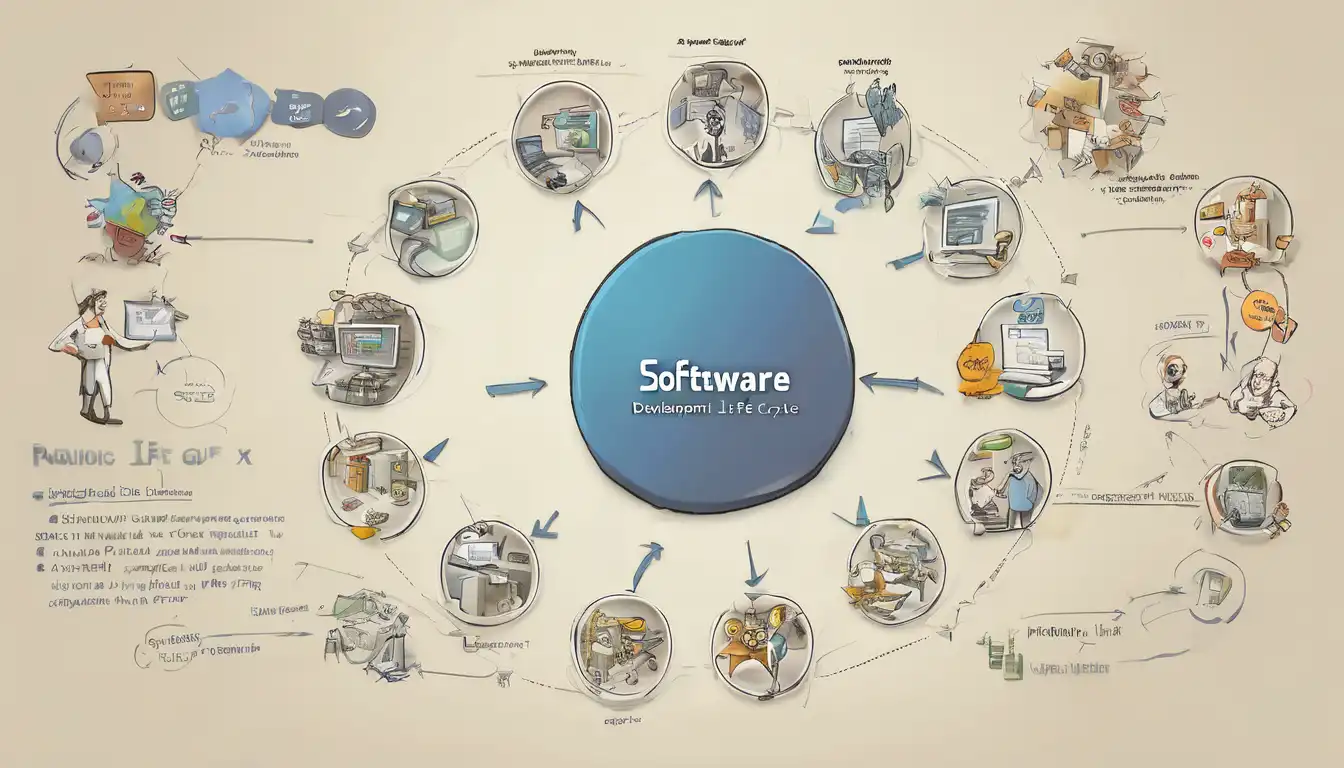Introduction to the Software Development Life Cycle
The Software Development Life Cycle (SDLC) is a framework that defines the steps involved in the development of software at each phase. It ensures that the end product meets the customer's requirements and is delivered within the stipulated time and budget. Understanding SDLC is crucial for anyone involved in software development, from project managers to developers.
Phases of the Software Development Life Cycle
The SDLC is divided into several phases, each with its own set of activities and deliverables. These phases ensure a systematic approach to software development, making the process more manageable and efficient.
- Planning and Requirement Analysis: This is the first and most crucial phase where the project's feasibility is assessed, and requirements are gathered from stakeholders.
- Design: In this phase, the software's architecture is designed based on the requirements gathered in the previous phase.
- Implementation or Coding: The actual development of the software begins here, with developers writing code according to the design specifications.
- Testing: After the software is developed, it undergoes rigorous testing to identify and fix any bugs or issues.
- Deployment: Once the software is tested and ready, it is deployed to the production environment for end-users.
- Maintenance: Post-deployment, the software requires regular updates and maintenance to ensure it continues to meet user needs.
Importance of SDLC in Software Development
The SDLC provides a structured approach to software development, ensuring that the final product is reliable, efficient, and meets the user's requirements. It helps in minimizing risks, reducing costs, and improving the quality of the software. Moreover, it facilitates better communication among team members and stakeholders, ensuring everyone is on the same page.
Choosing the Right SDLC Model
There are various SDLC models, such as Waterfall, Agile, and Spiral, each with its own set of advantages and disadvantages. The choice of model depends on the project's requirements, size, and complexity. For instance, Agile is preferred for projects requiring frequent updates, while Waterfall is suitable for projects with well-defined requirements.
Conclusion
The Software Development Life Cycle is an essential process that ensures the successful development and deployment of software. By following the SDLC phases meticulously, teams can deliver high-quality software that meets user expectations. Whether you're a seasoned developer or new to the field, understanding SDLC is key to your success in the software development industry.
For more insights into software development, check out our articles on Agile Methodology and Waterfall Model vs Agile.
